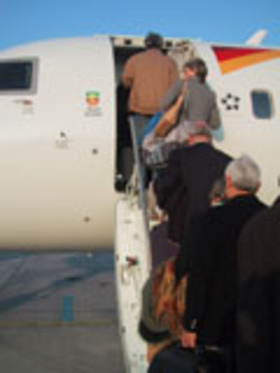

Schengen Treaty
Agreement on border cooperation among EU countries and EEA countries.
Switzerland joined the Schengen zone by referendum in late 2008.
The Lisbon Treaty include the Schengen cooperation and abolishes the pillars between legal cooperation in the old Nice Treaty, part III and and the supranational cooperation in part I.
In 1985, Germany, France and the Benelux countries signed an agreement on closer co-operation to make cross-border travel easier. The aim was to establish a common travel area without internal borders and with common external borders.
Schengen countries normally do not require citizens to show their passports when crossing frontiers between one Schengen country and another.
Most EU states are now involved, and the “Schengen Acquis” was turned into binding EU law in the 1998 Treaty of Amsterdam.
Ireland and UK are still outside Schengen and have opt-outs (derogations) in the treaties.
This is because the UK is unwilling to have a common travel area with the continental EU countries, and Ireland wishes to maintain its common travel area with the UK.
Denmark joined Schengen in 1997 but has an opt-out (derogation) covering Justice and Home Affairs when measures under this heading are adopted on a supra-national basis.
The Schengen rules can be found in Protocol 19 in the Lisbon Treaty. The rules on border control, pasports etc. is now included in the treaty chapter on Justice and Home affairs.
Notes
- All new applicant countries have to accept the full Schengen legislation.
- Schengen is the border town in Luxembourg where the agreement was made.